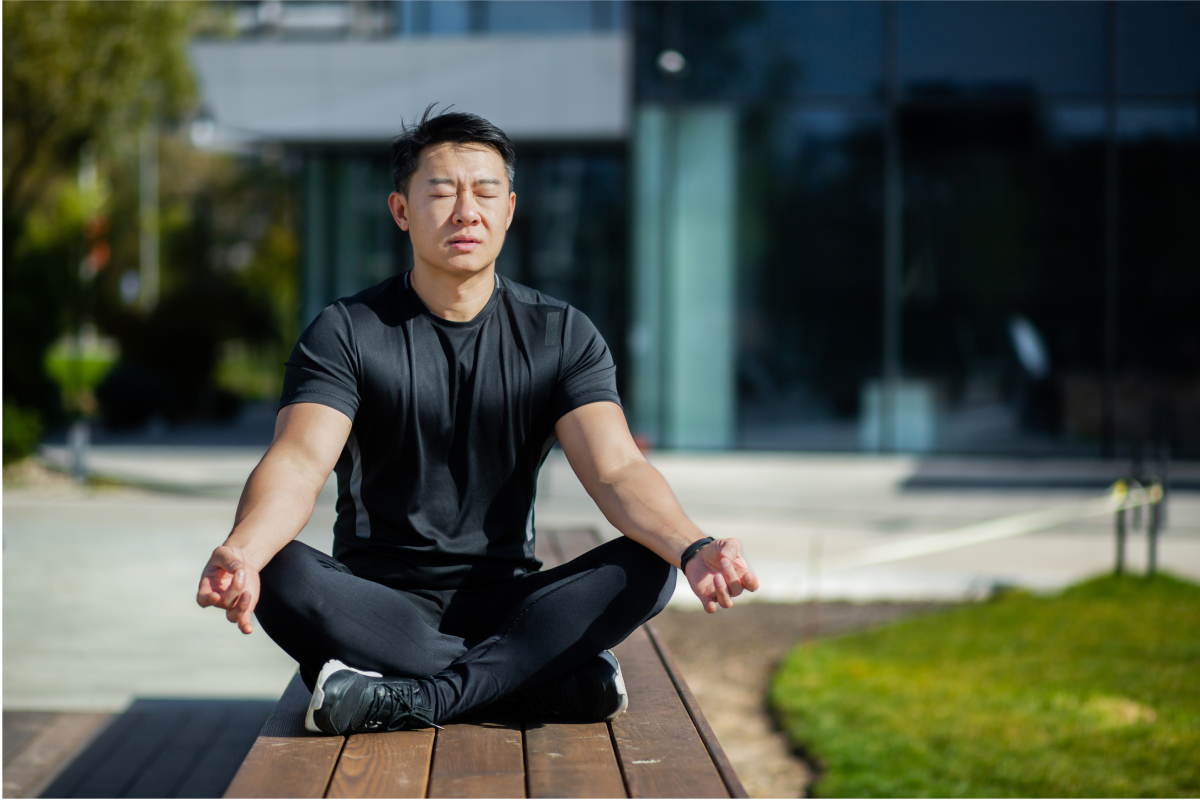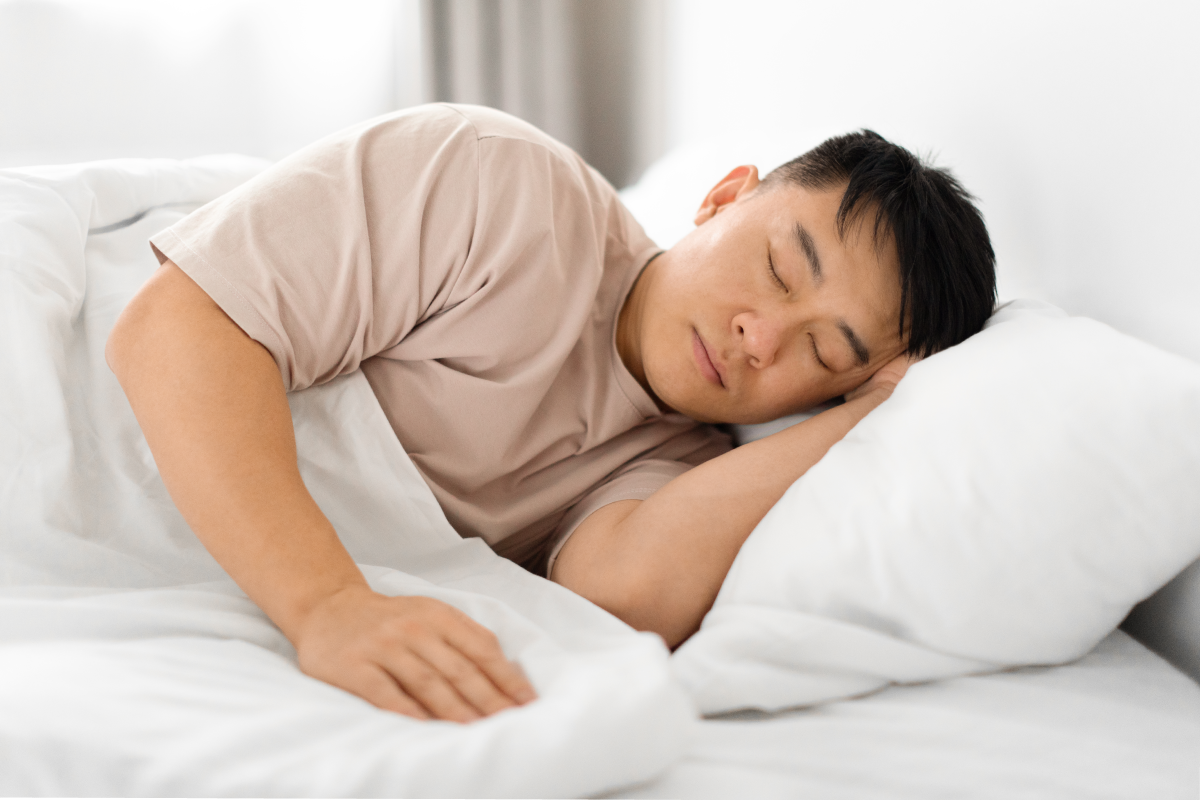In today’s world, many of us lead sedentary lifestyles, spending long hours at desks, in front of screens, or driving. With the rise of technology and conveniences, it’s becoming easier to neglect physical activity. However, staying physically active is one of the most important aspects of maintaining overall health and well-being. Whether you’re looking to improve your fitness, boost your mental health, or simply feel better throughout the day, regular physical activity is essential.
In this blog, we’ll explore why staying physically active is crucial, the many benefits it brings, and how to integrate more movement into your daily life.
What Does Being Physically Active Mean?
Being physically active refers to engaging in any activity that gets your body moving and requires energy. This can include structured exercise like running, cycling, or weightlifting, but it also encompasses everyday movements such as walking, gardening, or even cleaning the house. The key is to get your body moving and elevate your heart rate for extended periods.
According to health guidelines, adults should aim for at least 150 minutes of moderate-intensity aerobic activity or 75 minutes of vigorous-intensity activity per week, along with muscle-strengthening activities on two or more days a week.
The Numerous Benefits of Staying Physically Active
1. Improves Cardiovascular Health
One of the most significant benefits of regular physical activity is its impact on cardiovascular health. Exercise helps strengthen the heart, improving its efficiency in pumping blood and delivering oxygen to various parts of the body. It also lowers the risk of cardiovascular diseases, including heart disease, stroke, and high blood pressure.
Aerobic activities such as walking, running, cycling, and swimming improve circulation, lower blood pressure, and increase the production of HDL (high-density lipoprotein), the “good” cholesterol, while lowering LDL (low-density lipoprotein), the “bad” cholesterol. Together, these benefits lead to better overall heart health.
2. Helps Manage and Prevent Chronic Diseases
Physical activity plays a significant role in managing and preventing chronic diseases, such as diabetes, obesity, and arthritis. For example, regular exercise helps regulate blood sugar levels, making it an essential part of managing type 2 diabetes. It can also aid in weight loss or weight management, reducing the risk of developing obesity-related conditions.
Furthermore, staying active can help prevent certain types of cancer. Research has shown that physical activity can reduce the risk of cancers such as breast, colon, and endometrial cancer by improving immune function and regulating hormones.
3. Boosts Mental Health and Reduces Stress
Exercise is not just about improving physical health—it also significantly benefits mental health. When you exercise, your body releases endorphins, often referred to as “feel-good hormones.” These chemicals can help reduce feelings of stress, anxiety, and depression, leaving you feeling more relaxed and happy.
In fact, studies have shown that regular physical activity is as effective as medication or therapy for treating mild to moderate depression. Physical activity can also improve cognitive function, memory, and overall brain health, lowering the risk of dementia and Alzheimer’s as you age.
4. Enhances Muscle and Bone Strength
Regular exercise, especially weight-bearing and resistance activities, can enhance muscle strength and bone density. This is particularly important as we age, as muscles and bones naturally weaken over time. Activities like strength training, yoga, and weightlifting are beneficial in maintaining and building muscle mass, which supports joint health and overall mobility.
Additionally, weight-bearing exercises such as running, walking, and hiking help strengthen bones, reducing the risk of osteoporosis. For older adults, staying physically active can also help prevent falls by improving balance and coordination.
5. Improves Flexibility and Mobility
Staying active increases flexibility and overall mobility, helping you move more easily throughout the day. Activities such as yoga, Pilates, or dynamic stretching can improve the range of motion in your joints and muscles, preventing stiffness and injuries. Enhanced flexibility makes everyday activities—such as bending down to tie your shoes or reaching for an object—much easier and safer.
As we age, maintaining flexibility becomes increasingly important to ensure we can perform daily tasks and stay independent.
6. Enhances Sleep Quality
If you struggle with sleep, physical activity might be your best remedy. Regular exercise promotes better sleep by helping to regulate the sleep-wake cycle and reducing anxiety or stress that can interfere with sleep. Physical activity helps your body relax and fall into a deeper, more restorative sleep.
However, it’s essential not to exercise too close to bedtime, as it may have the opposite effect by energizing your body. Aim to finish any vigorous exercise at least 3 hours before sleep to avoid disruption.
7. Boosts Energy Levels
It may seem counterintuitive, but exercise actually boosts energy levels. When you get your heart rate up and circulate more oxygen throughout your body, you naturally feel more energized. Consistent physical activity improves the efficiency of your cardiovascular and respiratory systems, making it easier to perform daily activities without feeling fatigued.
This can be especially beneficial if you experience energy slumps during the day. A quick walk or light exercise in the afternoon can provide a burst of energy that helps you power through the rest of your tasks.
8. Promotes a Healthy Weight
Physical activity is crucial for maintaining a healthy weight and managing body fat. By burning calories through exercise, you create a calorie deficit, which contributes to weight loss or weight maintenance. Regular exercise, when combined with a balanced diet, is an effective way to achieve and sustain a healthy weight.
In particular, resistance training can help build muscle, which burns more calories at rest than fat. This means that by increasing muscle mass, you naturally boost your metabolism.
9. Social Benefits of Exercise
Participating in group activities or team sports can provide social benefits, such as a sense of community, support, and camaraderie. Whether it’s joining a yoga class, attending a running group, or participating in a recreational sport, staying physically active can lead to stronger social connections, which, in turn, improve mental health.
Many people find that regular exercise with friends or family encourages them to stick to a routine, making it more enjoyable and sustainable.
10. Increases Longevity
All of these physical and mental health benefits culminate in a longer, healthier life. Studies show that individuals who maintain an active lifestyle tend to live longer and are less prone to chronic illnesses. In fact, physical inactivity is a leading risk factor for premature death, and staying physically active has been shown to increase life expectancy by several years.
How to Stay Physically Active: Tips and Suggestions
Staying active doesn’t require an intense exercise regime. Here are some simple ways you can integrate more physical activity into your daily life:
- Take the Stairs: Opt for stairs over elevators or escalators. This simple change can add up over time and improve your cardiovascular health.
- Walk More: Aim to walk 10,000 steps a day. Consider walking to work, taking a stroll during lunch breaks, or going for a walk after dinner.
- Strength Training: Include bodyweight exercises, such as squats, lunges, and push-ups, or use resistance bands or weights to build muscle and strength.
- Join a Class: Sign up for fitness classes like yoga, Pilates, or dance. Group classes are motivating and often make exercise more enjoyable.
- Active Commuting: If possible, cycle or walk to work instead of driving. You’ll save on fuel costs while getting a good workout.
- Stretch Regularly: Stretching improves flexibility and prevents injury. Take a few minutes each day to stretch major muscle groups.
- Find a Workout Buddy: Having a friend or family member to exercise with can make the experience more fun and hold you accountable.
- Limit Screen Time: Take breaks from sitting by standing up, stretching, or walking around every hour.
Conclusion
Staying physically active is crucial for maintaining overall health, improving quality of life, and preventing chronic diseases. Regular exercise strengthens the heart, boosts mental health, improves flexibility, supports healthy weight management, and enhances longevity. With all these benefits, it’s clear that staying active is one of the most impactful decisions you can make for your well-being.







